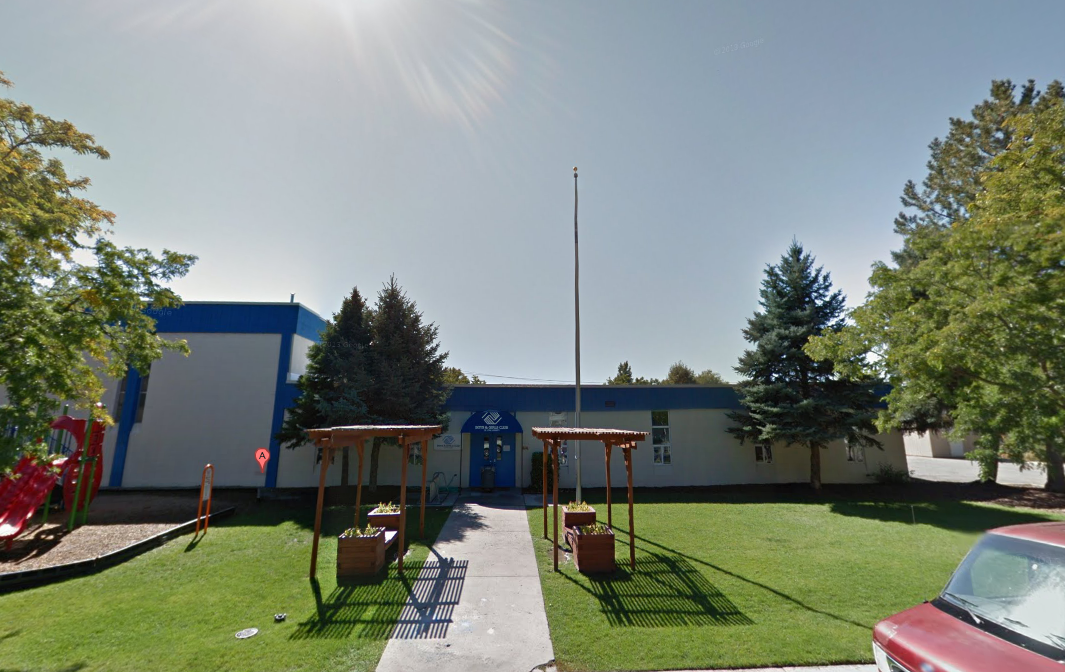Words.
We use them daily. They are an essential part of communication. Saying them out loud, writing them down, reading them, comprehending them; we receive constant word training from the time we’re born. In school, we not only have classes about these subjects, we utilize them in every other class we take. Reading is an essential and unavoidable part of everyday life.
In May 2011, KSL published an article entitled ‘The Importance of Reading with Children.” The author, Cecily Markland, cites research from the National Institute of Child Health and Human Development (NICHD) stating,
“Reading is the single most important skill necessary for a happy, productive, and successful life. A child that is an excellent reader is a confident child, has a high level of self esteem and is able to easily make the transition from learning to read to reading to learn.”
Sadly, the NICHD estimates that 10 million children struggle with reading and 10 to 15 percent of these youth eventually drop out of high school. When you consider the factors discussed in the post last week about addressing factors that commonly lead to dropping out of high school, it’s no wonder that reading struggles put young people at a significant disadvantage in school and higher risk for dropping out.
Work being done in schools is helping young people read to learn—the process of utilizing words one knows and understands in order to derive meaning, while making connections to other things one already knows. This applies as much to reading textbooks, as reading street signs or text messages. As with other language skills, it is learned most easily in childhood.
The KSL article quotes the “Guide to Reading Aloud to Your Children” created by the nation’s largest nonprofit children’s literacy organization, Reading is Fundamental.
“[By reading aloud with your children] you are helping them become better readers, better listeners and better students. You are also helping them build vocabulary and language skills and helping them gain knowledge about the world around them.”
Neatly aligned is a statement from a Federal Interagency Forum on Child and Family Statistics report, stating “Reading to young children promotes language acquisition and correlates with literacy development and, later on, with achievement in reading comprehension and overall success in school.”
In further agreement, the Literacy Connections website explains, “U.S. Department of Education analysis found that children who were read to at least three times a week by a family member were almost twice as likely to score in the top 25 percent in reading than children who were read to less than three times a week. Just like physical exercise, there are cumulative benefits when you do something regularly.”
I can attest to this from personal experience. In third grade, my teacher was concerned with my reading comprehension. Sure, I could read the words. I was great at that. My mom began teaching me how to read when I was three years old. By third grade I was capable of reading books that middle school students were being assigned. The issue was retaining information I’d read, particularly in non-fiction books. I was assigned to read a biography of Abraham Lincoln, and I struggled through it. In a parent teacher conference, it was decided that I needed to do all of my reading homework aloud with my parents. As I read they would ask me questions about what I was reading: a frustrating exercise, which I stubbornly insisted I didn’t need. The results, however, were remarkable. My reading comprehension scores showed marked improvement, as did the rest of my schoolwork. I am confident those long hours I spent practicing reading in third grade have impacted the rest of my life.
On their website, Reading is Fundamental says that books can encourage children to “follow their dreams and achieve their potential.”
“Yes, it seems incredible for a book to launch a life, but it happens every day as hungry, inquisitive young minds reach out and grab hold of the new people, places and ideas that books bring to them.”
This is true within our clubs. While each of the ten program sites approaches reading at the discretion of the site director, it is an important component of the Clubs. Most recently, it was exciting to see the book clubs happening at the Amelia Earhart Elementary Club. Students there have the chance to read together with one of the club staff, and work on different activities and exercises that help them with their reading. The skills and strategies they’re learning will benefit them throughout their lives.
Here at the Boys & Girls Clubs of Utah County, we take reading seriously, because we know that reading skills are a key to building a bright future and we know that great futures start here.


